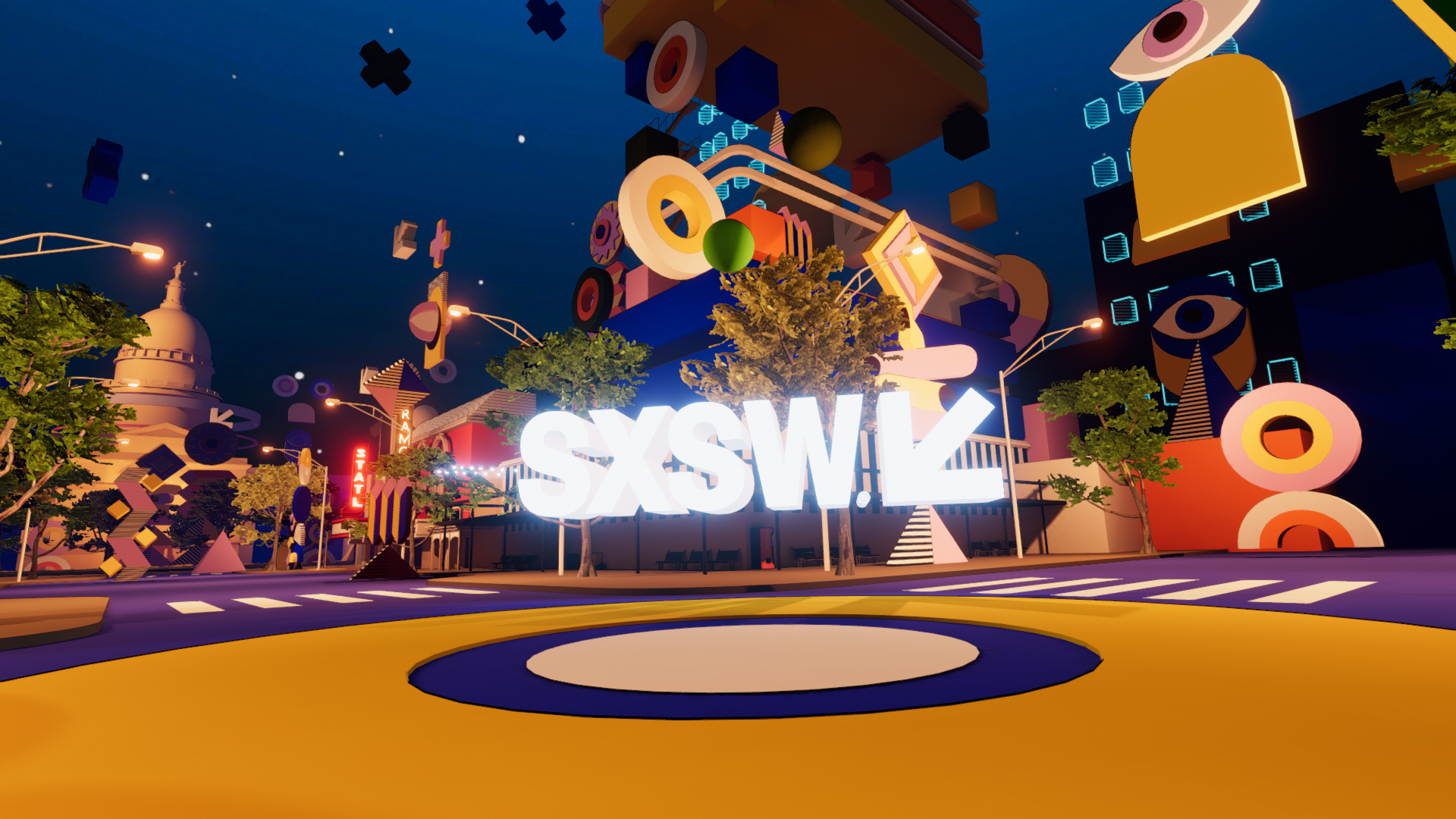Alessia Clusini is a data strategist and the Founder of Trybes Agency, a consumer research agency that has figured out a way to debunk the complexity of transformative experiences, measure their impact and replicate it. She is also a Co-Founder of the WXO. This year, she went to SXSW virtually. For the WXO, she has filtered all that she saw and heard and distilled it down into seven key lessons.
Read part one here and part two here – and in this final instalment below...
Lesson 5: Blur the line between audience and speakers
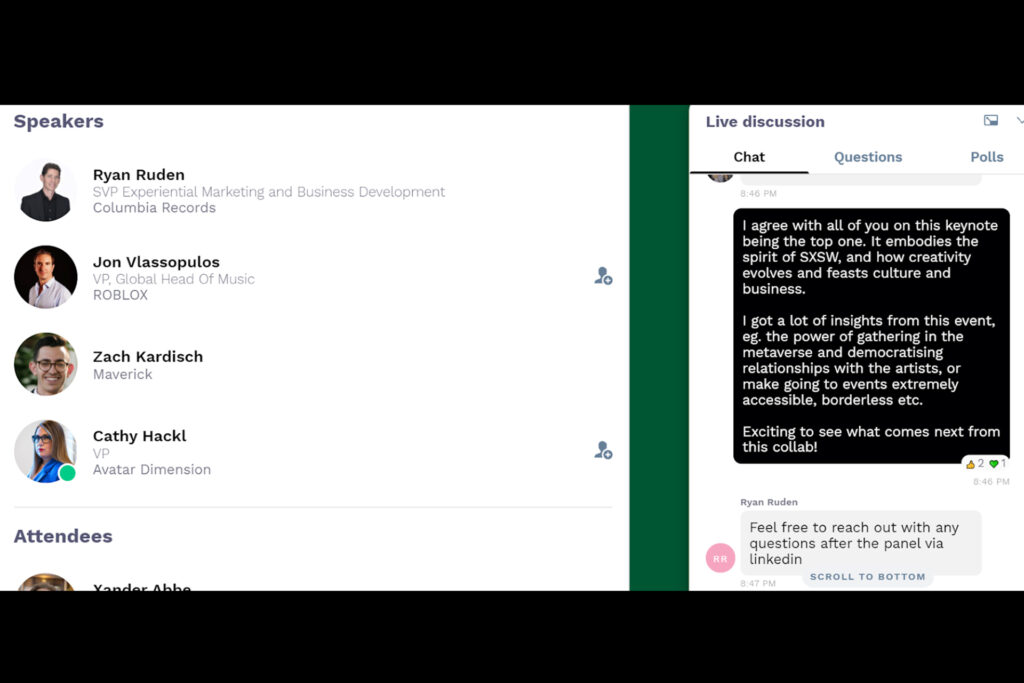
Lesson number five of SXSW Online was an unexpected insight: you’d think that time difference and remotely experiencing the festival would make us feel apart, right? But actually, quite the opposite.
The distance between audience and speakers was in fact shortened, boosting engagement and general vibes.
How? A couple of factors played a part.
- In terms of content, the speakers’ honesty around uncomfortable, complex topics often charmed the audience. I’m thinking, for instance, of how they approached racism in ‘Watching Creativity that Leads to Change’. The audience loved the speakers’ vulnerability and accountability. Where people usually talk about generic ‘systemic problems’, the panel speakers came out honestly and held themselves accountable.
- Interaction with talents/speakers was effortless. There were Session Viewing Parties where speakers were available for live chat with the audience. Also, the correlation between pre-recorded keynotes and immediacy/engagement with the audience was astonishing. The speakers were well produced and could join the conversation during the keynote. With total focus on the participants’ questions and comments, the whole experience was more lively and enjoyable than a live one (while during live events, the audience-speakers engagement is reduced to just 5 minutes in the end). During ‘Why The Music Biz is Buzzing About the Metaverse’, for example, both the moderator Cathy Hackl and the speakers made the audience feel welcome to interact like I’ve never seen before at a conference.
Lesson 6: Growth opportunities for the events industry
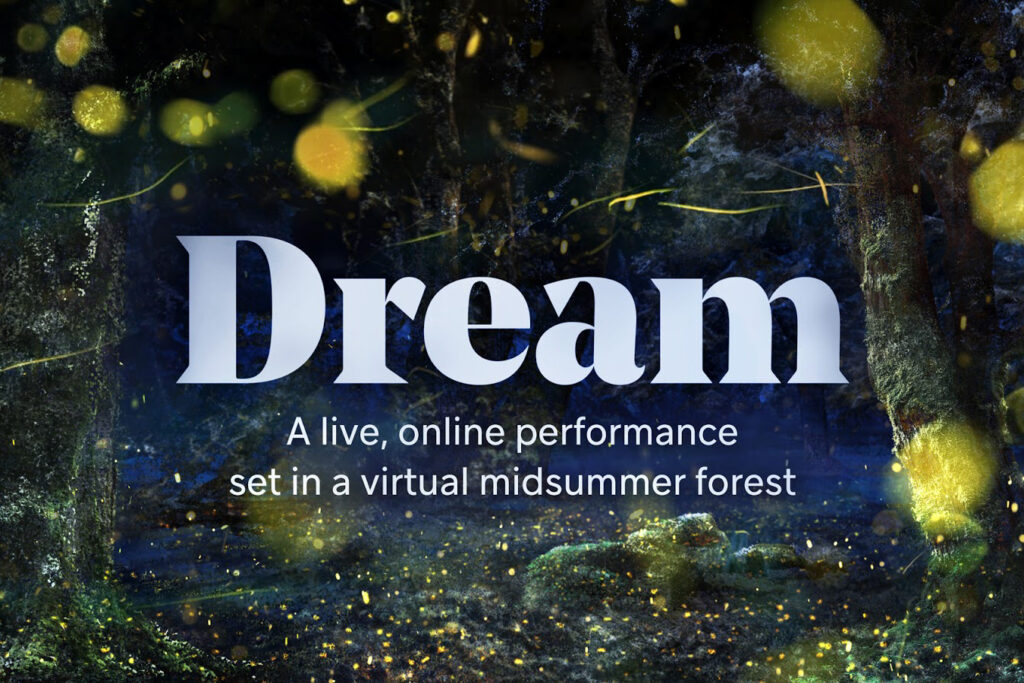
Exciting times ahead for event managers and experience professionals.
In terms of growth, the main opportunities that were inspired in me by SXSW Online are:
- Scale events’ audience with the online/XR tech: make them borderless, bring content on-demand, and create more pricing options so that more people can join.
- Go niche or go home. While it doesn’t make sense to create a whole physical event to cover a niche topic (eg. say sustainability in food at SXSW), it would be relatively easy to produce it online. It could be a buyable part of a broader offer, and it would facilitate the targeting of potential audiences. The niche tactic opens up opportunities for more experiences and events to be created, for more professionals to work in the field, and for more engagement from attendees.
- Frequency: specific industries or groups would like to meet more than once a year to do things like share case studies, learn what’s new in the industry, or casually network. The online realm can make this possible, taking off the physical events production challenges for organisers and the burden of flying to another country for participants.
- Hybrid future. The result could be a “year-round community” that has different chances to meet and improve/prosper: from casual, smaller and more frequent meet-ups (digital) to large, sporadic summits (physical) and everything in between (including digital events offering on-demand content).
- The aforementioned hybrid future could also help solve a social phenomenon we got to study, decisive for events: the Wispy Communities. Long story short: the ephemeral identity and belonging happening in communities that meet once a year can be extended to generate long-lasting and deeper connections/culture forms beyond the events.
In terms of pricing, there are great opportunities for diversification and meeting people’s needs.
Hybrid events pricing models
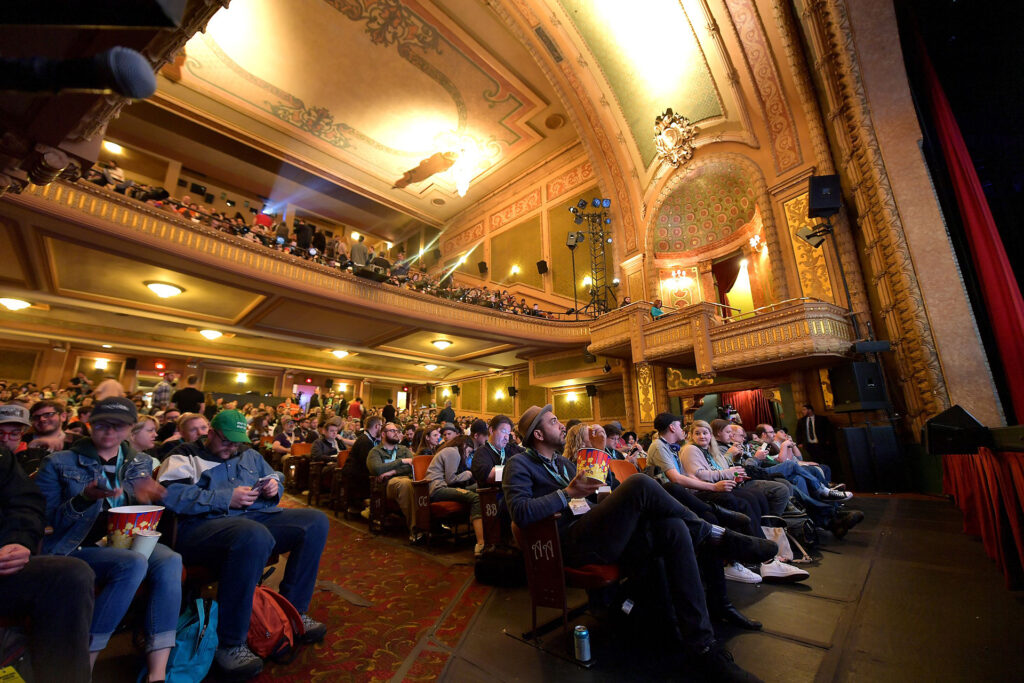
Imagine a future where events and experiences are hybrid, and you can choose between online and offline or both. This scenario can open up more ticket options and improve access dramatically.
A few examples of tickets in a hybrid event pricing model:
1) Offline tickets – expensive, marketed as scarce, exclusive and using FOMO to bring people in.
2) Basic online tickets – cheaper and scalable, everybody can attend, mainly focused on content consumption rather than networking.
3) Hybrid tickets – making the most of each world: content is on demand long after the event. People can join virtual reality to socialise around certain content and meet the worldwide audience. They can upgrade to in-person tickets too. The big challenge here will be how to bridge the in-person audience and the virtual one.
4) Topics of interest blocks or packages – one or more content pills based on specific interests or speakers, sold separately.
Lesson 7: The need for an overarching UX vision
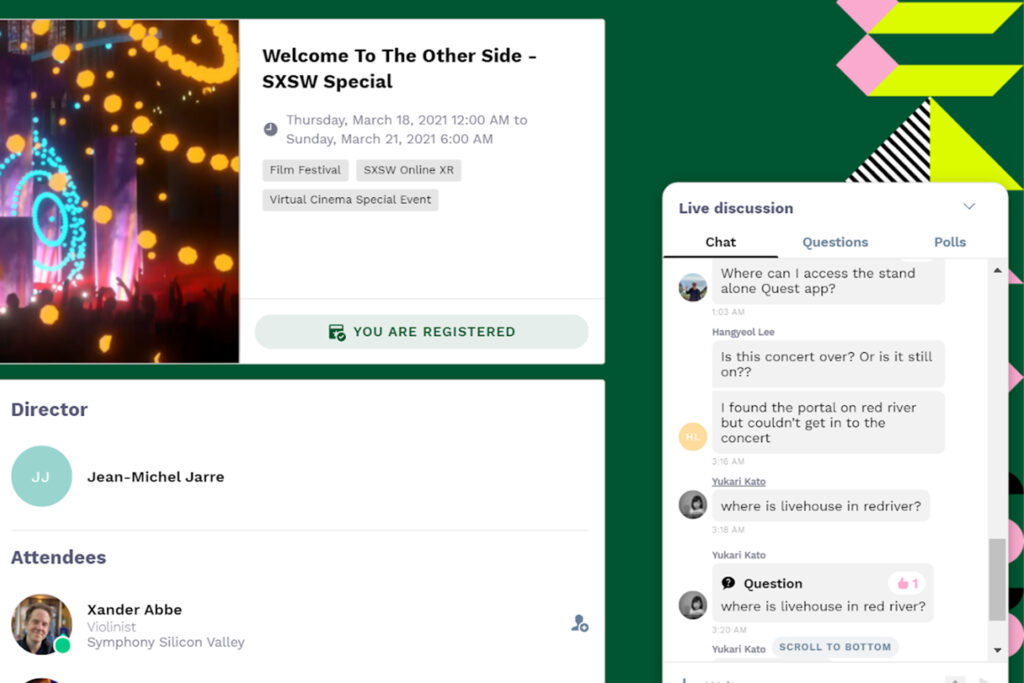
Now, this all sounds great, but it doesn’t work unless the whole experience is designed and revised with the user’s eyes in mind.
The most notable limit of SXSW this year was, in fact, a hub full of content and people… that felt almost overwhelming. Attendees couldn’t make the most of it.
Please don’t get me wrong: I’m not saying it’s easy. SXSW brought together a myriad of worlds and experiences in one unique ecosystem. Although omnichannel tech is already here, we’re still figuring out how to maximise it and make it seamless for the user.
Below I list the main SXSW issues impacting hybrids and online events UX, plus solutions on how to make the most of them:
Omnichannel threats and opportunities
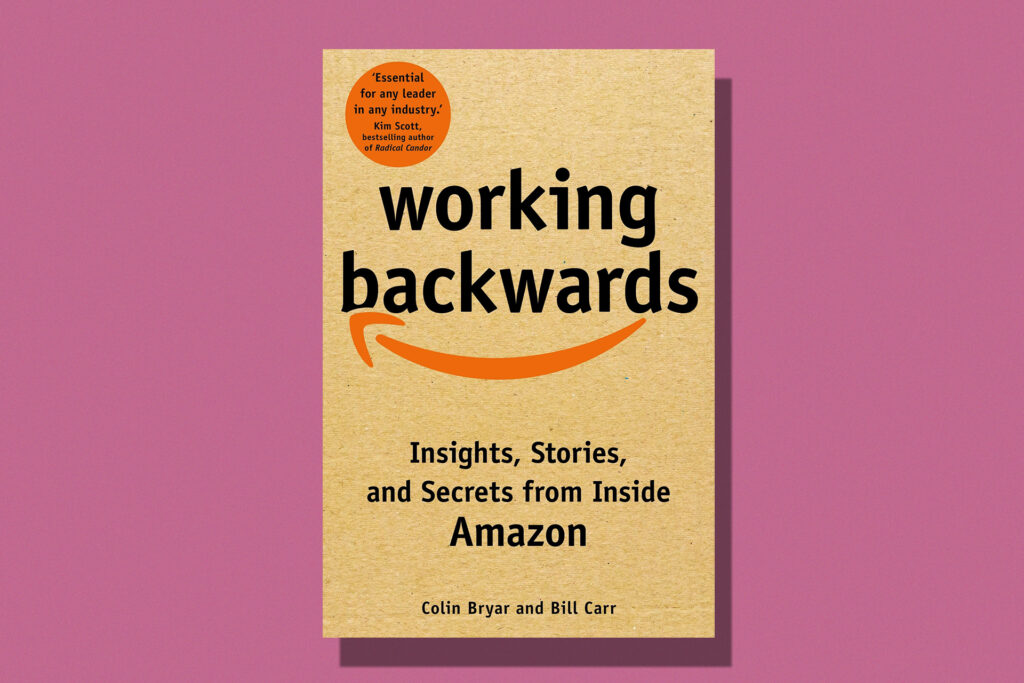
As said at the beginning of this analysis, we are making history! by jumping from watching great indie content on our TV to an inspiring VR Austin, and freely chatting with speakers during keynotes.
All the SXSW-goers I’ve interviewed felt the thrill of more opportunities and, at the same time, the burden of figuring out how to make them work.
My 20 cents here for the SXSW team and the experience professionals involved in similar projects: build a team dedicated to checking the overarching UX and changing anything that doesn’t fit the user journeys. It’s easy to lose the plot and overdo it with so much content available, but ultimately what you want, your North Star, is for the attendees to have a great experience. Walk your way backwards in an Amazon style.
Context design is crucial to how people gather and behave
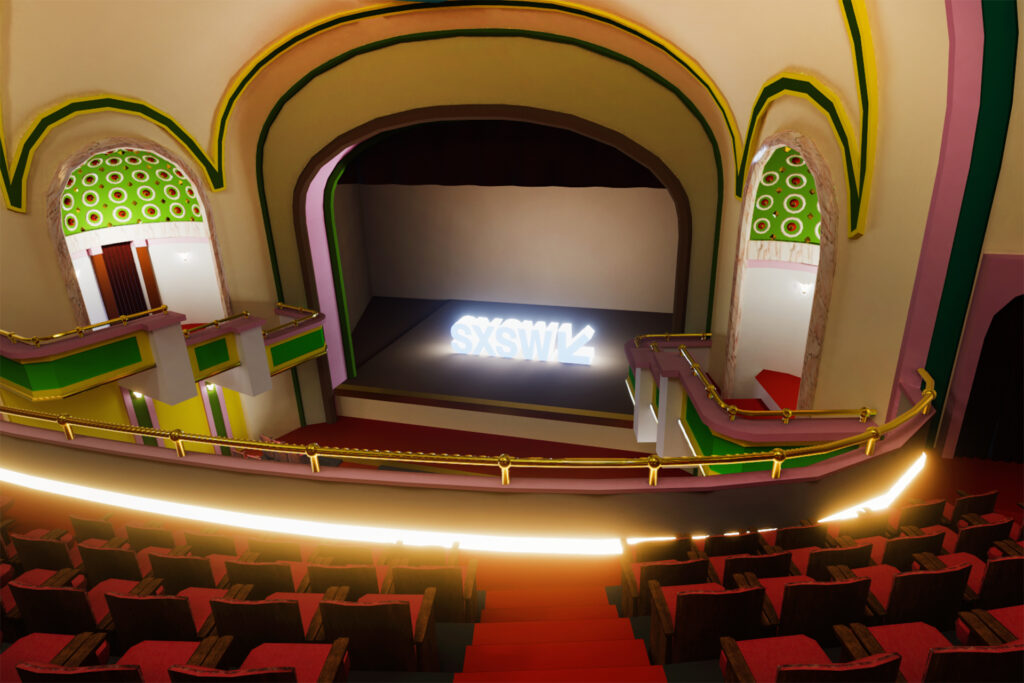
We should not forget that the way we gather is hugely influenced by context design: we go to meeting rooms for meetings, exhibition and convention centres for conferences, and pubs for catch-ups. Our behaviour is shaped by that design, so we act professionally in work environments and more casually/playfully in pleasure environments; we socialise in social contexts such as bars and party venues, and don’t in auditoriums where we listen to speakers.
Various venues are designed for different reasons, and people go there with distinct mindsets/expectations.
So I guess my point is, we need to design online event “locations” for different experiences and outcomes. Our experiences may happen in webpages, apps (TV or mobile), VR worlds or even distinct places inside virtual reality (theatres, pubs or alleys?). But no matter what, we must design them with the level of attention to detail and user at the centre of the scope that people like Blake Kammerdiener had for SXSW. Well done!
What didn’t work at SXSW 2021 that can inspire us for a better outcome
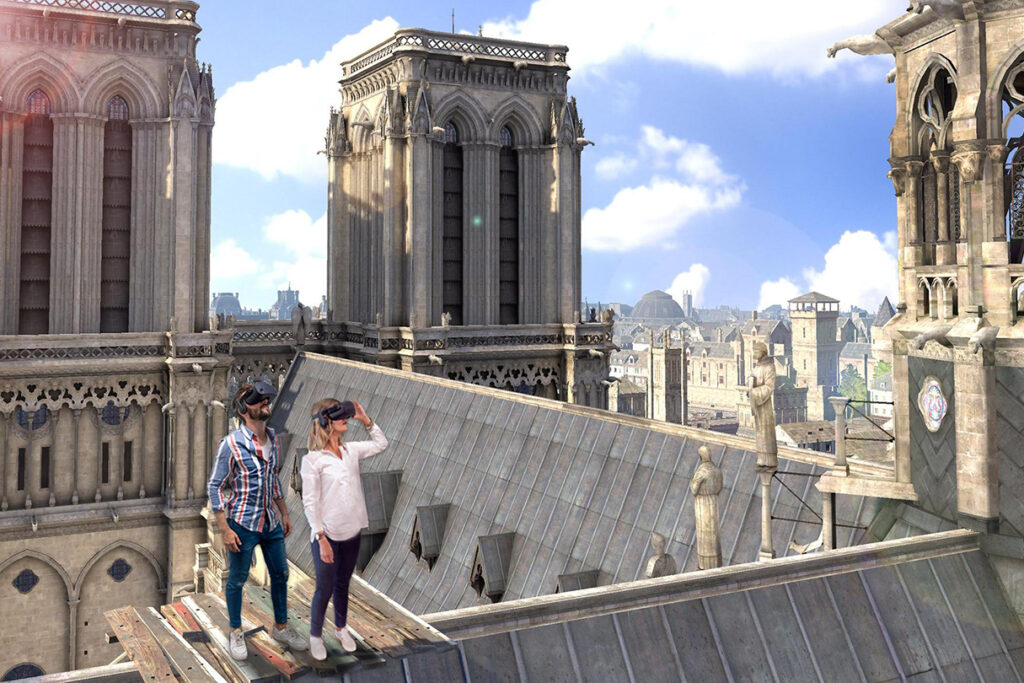
Nothing is perfect, especially the first time around. 😉 So, here are the main frictions and roadblocks met at SXSW Online:
- UX feedback on the interface: simple interventions like clickable tags on sessions – to navigate similar content and topics of preference – would improve UX a lot.
- Users couldn’t search for events. The searchability of content is an essential aspect of online events.
- The XR world needed better communication. People didn’t know what was happening when and kept missing out on events. The XR experience was confusing also because part of it was accessible with Oculus Rift (all the cinema content), part of it with Oculus Quest, and overall the ticket didn’t include this kind of information.
- To make it (really) an international event, films should be available also outside of the US, or there should be a different ticket/a clear communication of this difference.
Wrapping up:
All in all, how was the first SXSW Online?
It was great, not just good enough while waiting for the next edition, IRL, but actually great. It made us try new ways to experience SXSW, whether through flying over Austin or joining fabulous parties in pyjamas.
Content had a way to shine even more, and in terms of vibes, the XR team was able to recreate the “you are here” feeling in the virtual world – FOMO included :D.
It would have been better if they talked about the tech needed, movie access and virtual events schedule. It would have made attendees feel they had a better value for the money instead of SXSW incurring the problem of not delivering on the promise. After all, it is one of the most expensive online festivals in a world of cheap/free online events.
And finally, in terms of people, there were enormous opportunities for intentional networking. SXSW and future events can undertake this kind of opportunity by working on social engineering with the help of hybrid intelligence.
In other words, there’s no way back to only analogic, and the bar is as high as ever: events attendees will expect the best from the online and the physical spaces from now on.
Ready?
Read parts one and two of Alessia’s brilliant report on SXSW here – and for more insights from Experience Economy experts just like her, remember to sign up to the WXO newsletter in the box below.

